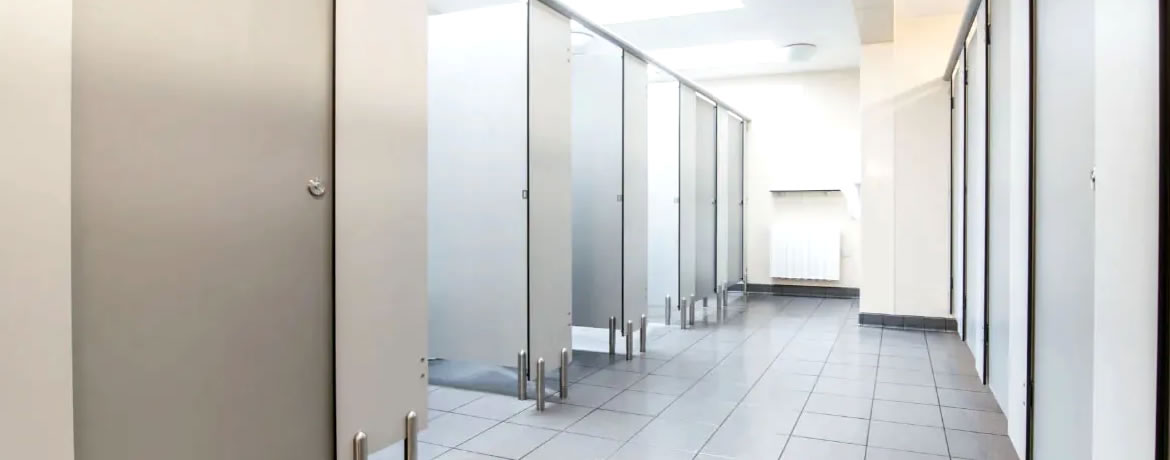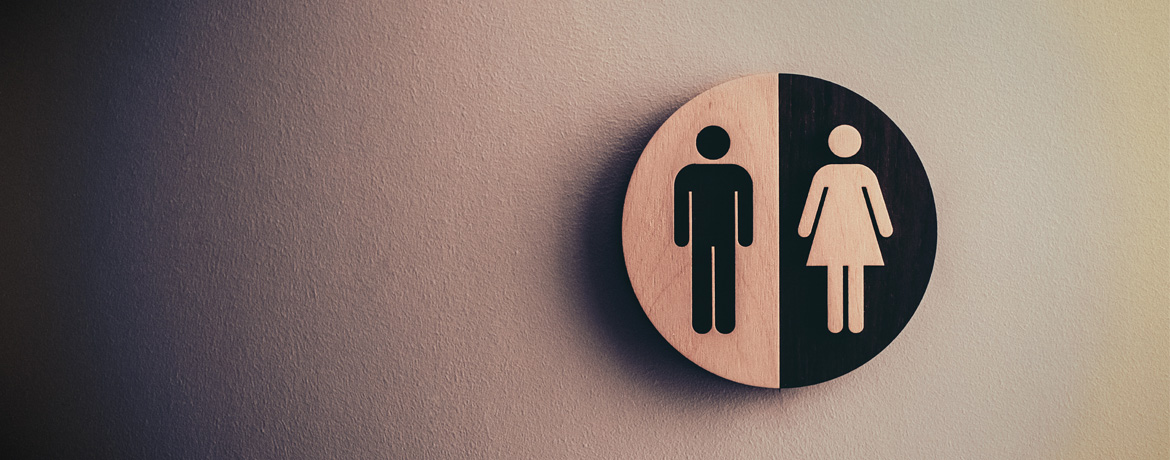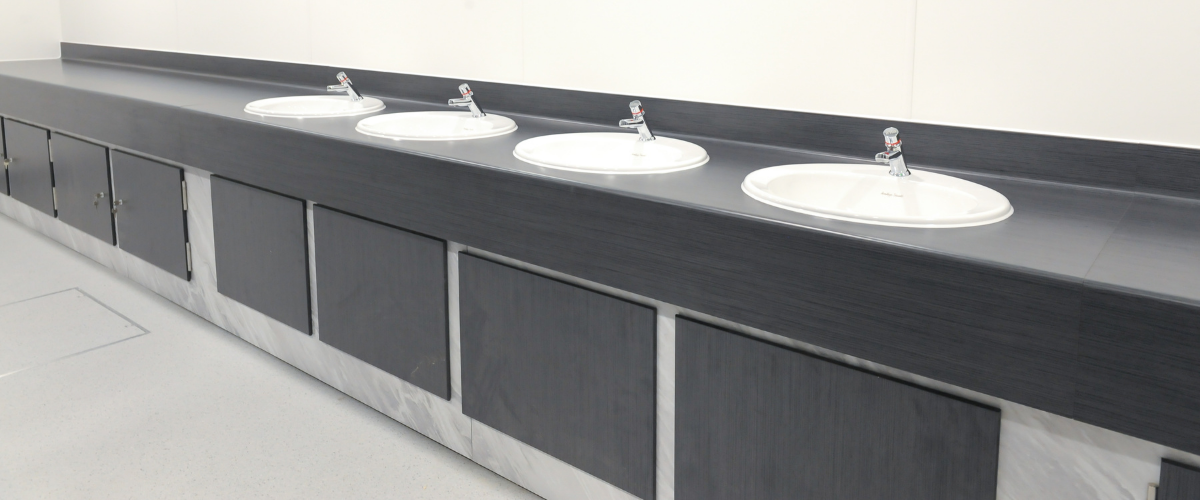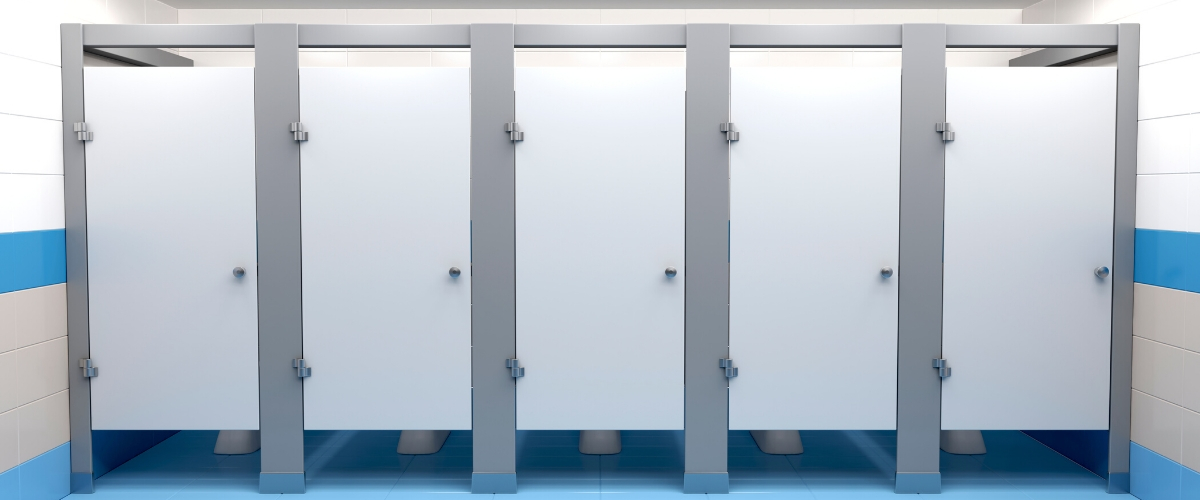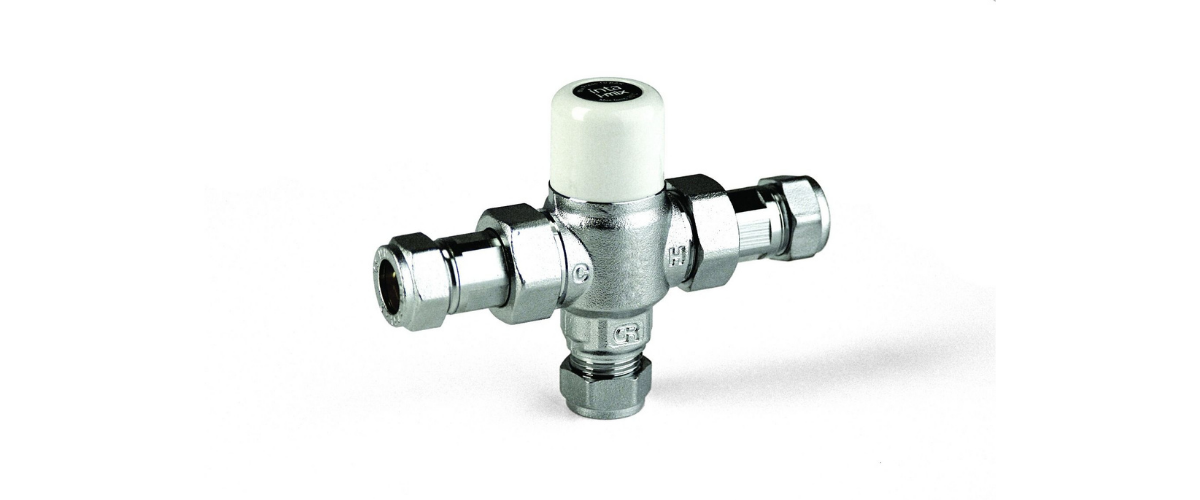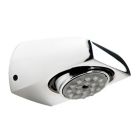How Much Water Does A Low Flow Shower Head Save?
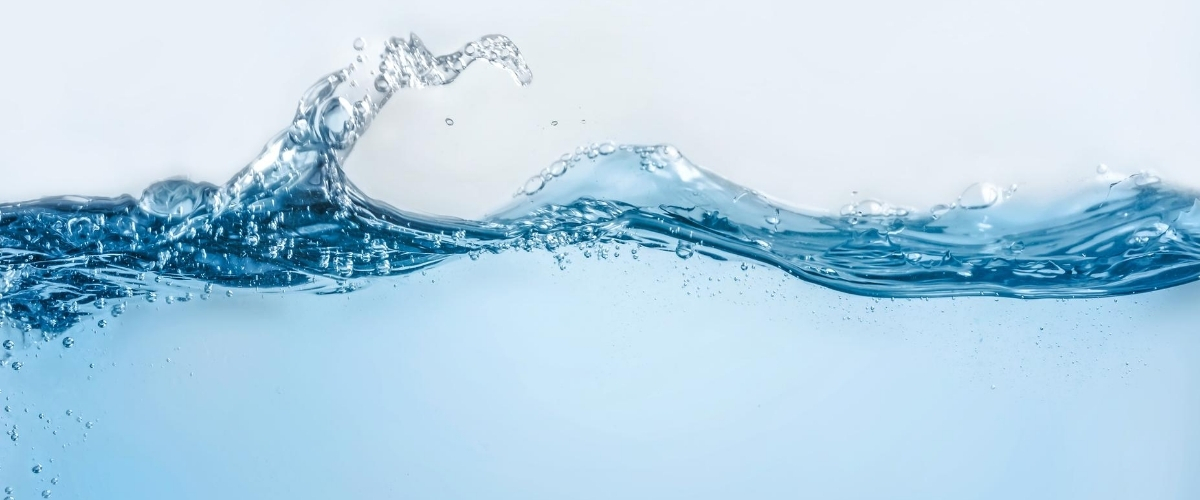
Moves to reduce water consumption are done for a number of reasons. Sometimes these measures are put in place to keep water and sewerage costs down, it could be to keep the flow of users moving through more efficiently, or it could be to prevent all the hot water reserves being drained in quick succession. Whatever your reason to be more conservative over your water usage, low flow shower heads are an incredibly strong move.
Reasons for a low flow shower head
You might want to employ low flow shower heads due to a lack of water pressure, but most often the reason is to be more eco-conscious, and to make sure your hot water storage isn’t drained during peak times. This is particularly relevant in leisure centres, private members clubs and gyms.
Understanding low flow shower heads and flow restrictors
Both these options will result in less water being passed through the shower head per minute. If you have low water pressure, then this can often improve the pressure coming out of the shower head. However, you needn’t change all your existing shower heads. Flow restrictors are a simple, but clever adaptors that can be fitted at various points in your system prior to the shower head. These devices limit the volume of water that passes through and alter the resulting flow rate. Flow restrictors are an excellent way to address water consumption issues in the commercial wash and shower room.
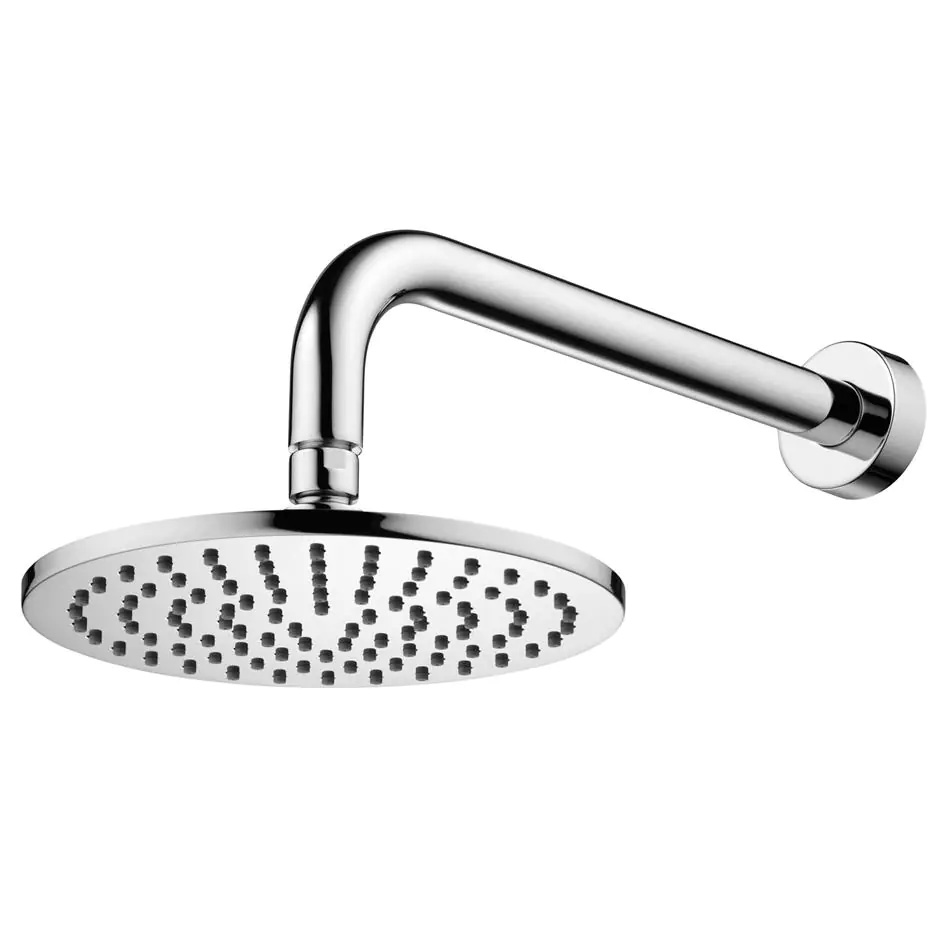

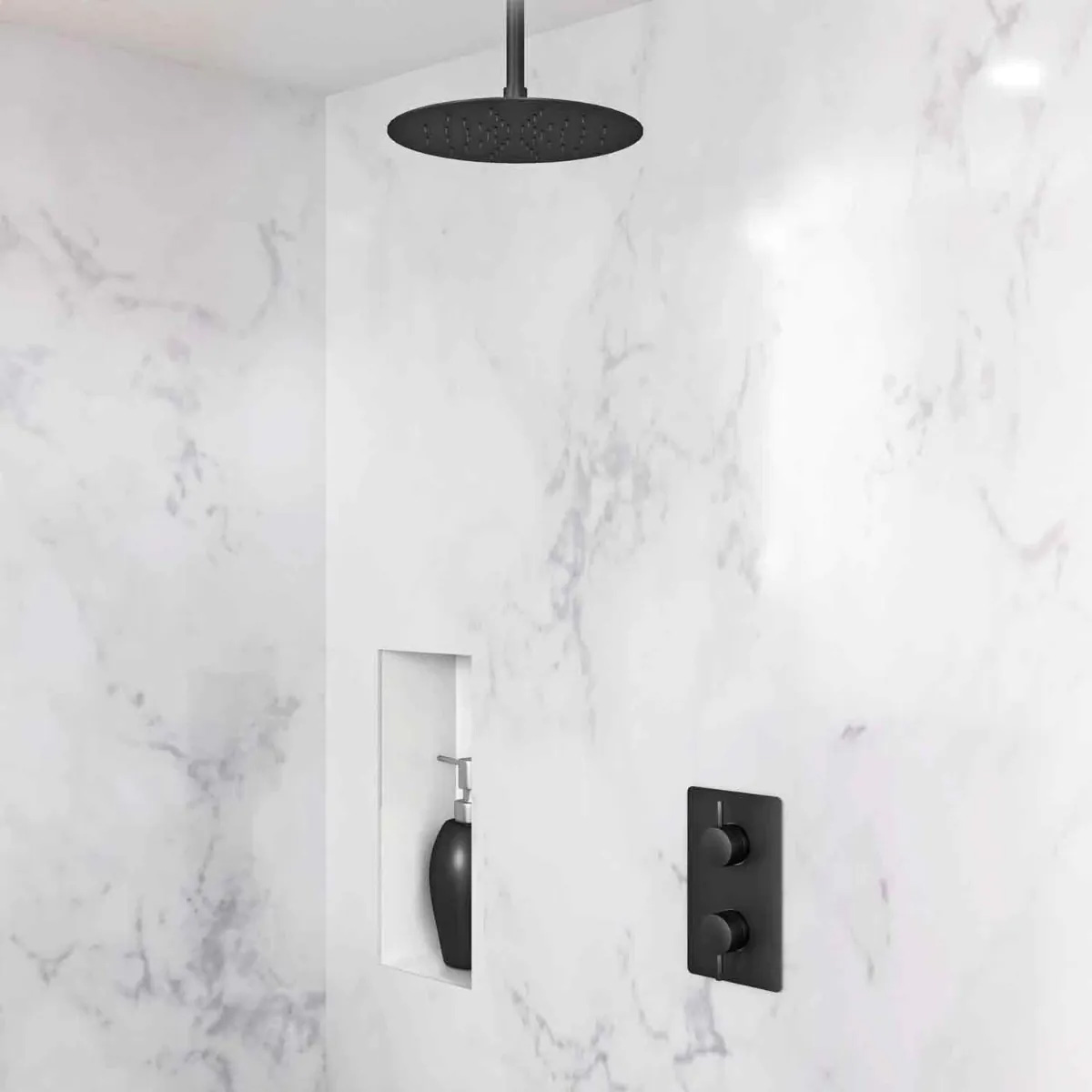

How much water does a low flow shower head save?
Results from low flow, or flow restricted, shower heads and flow restrictors will vary, but you could reduce consumption by up to 60%. It all depends on the flow rate - which is the volume of water that passes through per second, or minute.
Mains water pressure has a flow rate of between 0.25 and 0.40 litres per second. On the low end, that’s roughly 15 litres per minute. Many standard showers will operate around the 0.2litres per second/12 litres per minute mark. With an average shower time of five minutes, that quickly stacks up to 60 litres of water per user. With multiple showers in constant operation through peak times, you can quickly burn through your water storage in no time.
Flow restrictors vary, but you can easily get fittings that restrict to 6 litres per minute, halving the water usage to an average of 30 litres per user. Therefore, a low flow shower head can save around 30 litres of water per shower. Daily usage in a high traffic environment can be considerable, and the savings from low flow shower heads or flow restrictors significant.
Other ways to reduce water usage in showers
Other ways to reduce water consumption include sensor, or non-concussive, push button controls. These options allow water to flow for only a set period of time and are shown to reduce the amount of time a user spends in the shower. They also remove the risk of showers being left on unnecessarily. In some cases, you may also choose to adjust the temperature. A slightly cooler water temperature is another way to keep users moving through the showers.
If you would like further advice on selecting the right flow restrictors and low flow shower heads for your setting, or to better understand its effects on your particular water system, please get in touch with one of the team on 01202 690500.
MORE TO EXPLORE IN Related Posts

Bristan 200mm ABS Round Fixed Shower Head (Wall or Ceiling Mounted Arm)
As low as £43.20 £36.00

Rada VR145 Vandal Resistant Shower Head (Exposed Pipework)


